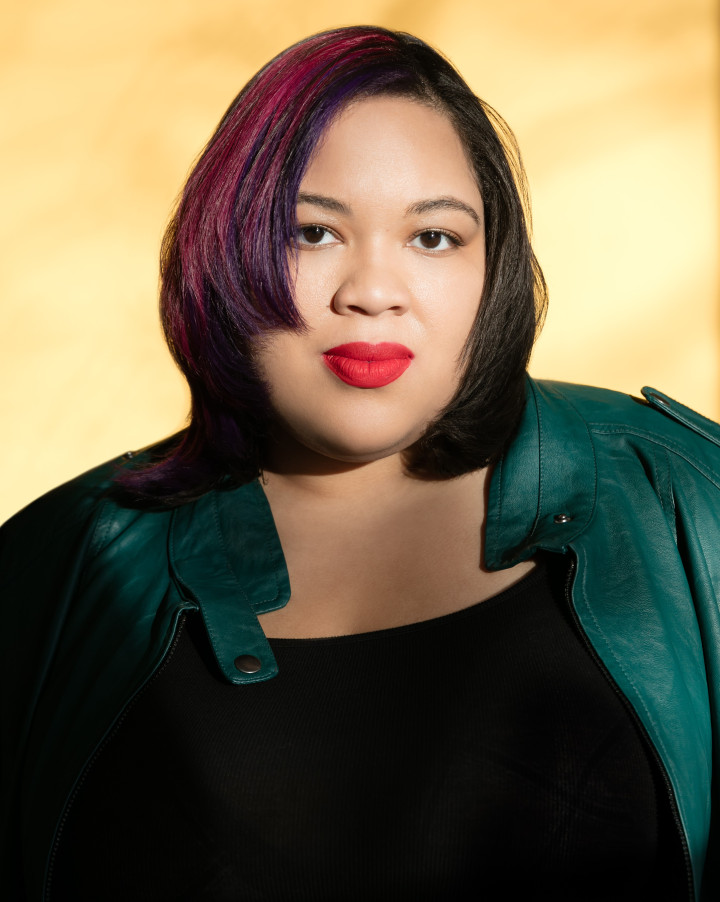
In 2010, Danielle Evans released her debut collection, Before You Suffocate Your Own Fool Self, to rapturous acclaim. Its stories—nearly all portraits of Black girls and women coming of age—put her prodigious array of talents on full display. Evans is an excellent and unshowy prose stylist; she is an empathic but never soft-hearted constructor of character, and she is the best writer of short-story endings I have ever read. A decade later, her follow-up, The Office of Historical Corrections: A Novella and Stories, showcases those same gifts—and then some.
You have reached your article limit
Sign up for a digital subscription and continue reading all new issues, plus our entire archives, for just $1.50/month.
Already a subscriber? Sign in




